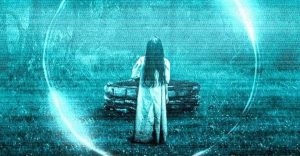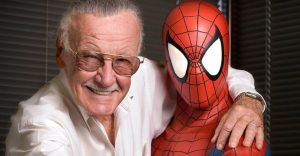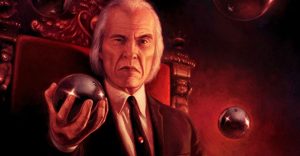Harry Potter: 10 Known Hogwarts Headmasters, Ranked By Intelligence
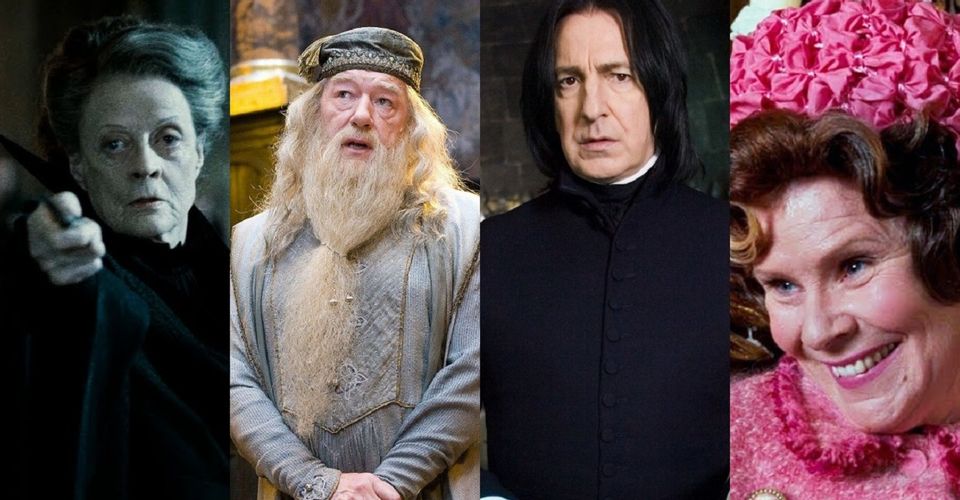
Hogwarts School of Witchcraft and Wizardry has had some of the most prolific witches and wizards at its helm since its inception. From the celebrated genius Dumbledore to the unpopular but intellectual Phineas Black, the wizarding school has had some pioneering names in the headmaster’s chairs. Being the headmaster for Hogwarts is no cakewalk, of course, and it takes a balance of intelligence, courage, and far-sightedness to take charge of a position so coveted.
The books don’t really offer any decisive details over how a headmaster is chosen. Usually, a tenured professor would be promoted to the position, but revered witches, wizards, or healers have often been invited to be headmasters too, owing to their relevance in the wizarding society. But it begs the question, who was the most intelligent headmaster in Hogwarts history? Was it the legendary Albus Dumbledore, or were any of his predecessors worthier than him?
10 Armando Dippet
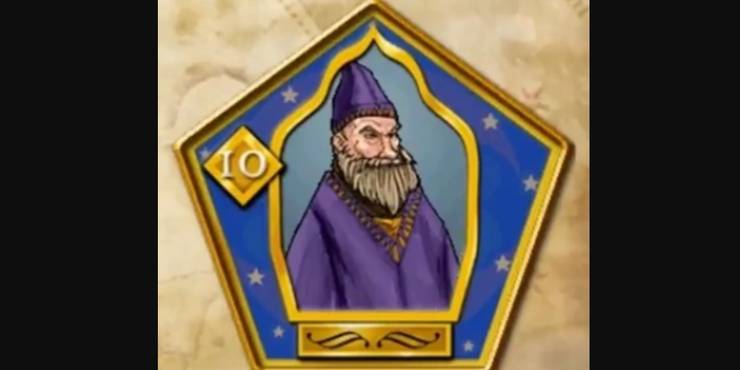
Armando was the headmaster of Hogwarts from the 1940s into the 1960s, and it was during these two decades, especially between 1942 and 1943, that the Chamber of Secrets was first opened by Tom Riddle since its creation by Salazar Slytherin.
Dippet was a predecessor to Dumbledore but did not share his intuitiveness; in fact, he failed to realize the source of the attacks when Salazar’s basilisk started attacking students. He was however responsible for bringing the attacks to an end when he told Riddle that the school would have to close if the attacks continued, which led Riddle to close the chamber. Dippet was described as a feeble old man who couldn’t really think for himself (Rita Skeeter even wrote a best-seller about him titled ‘Armando Dippet: Master or Moron?’). When Riddle framed Hagrid for the attacks, Dippet promptly expelled Hagrid without much thought.
9 Dolores Umbridge
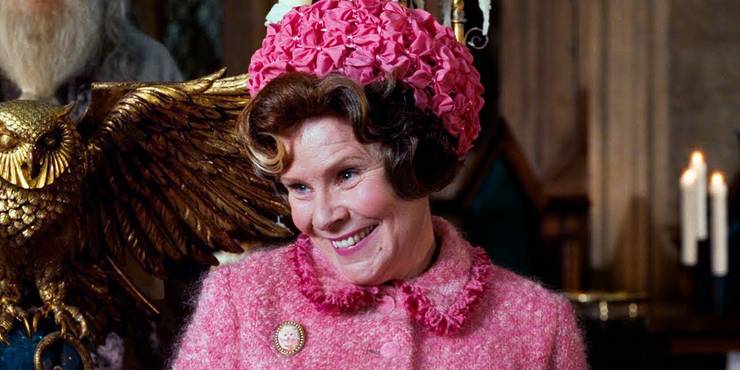
Dolores Umbridge has been painted as a tyrant, and though the Potter franchise had a lot of intolerant characters, they were simply better at leadership than Umbridge, or at least knew what being a leader entailed. Umbridge tried to change too much too fast and obviously caught a lot of backlash from the students and faculty in Hogwarts. She was a dictator who enjoyed torturing people who challenged her authority, much like Voldemort.
However, unlike the Dark Lord, she was no good at executing or pacing a plan. She had to have known that big-term changes can’t be introduced that easily in an institution like Hogwarts.
8 Dexter Fortescue
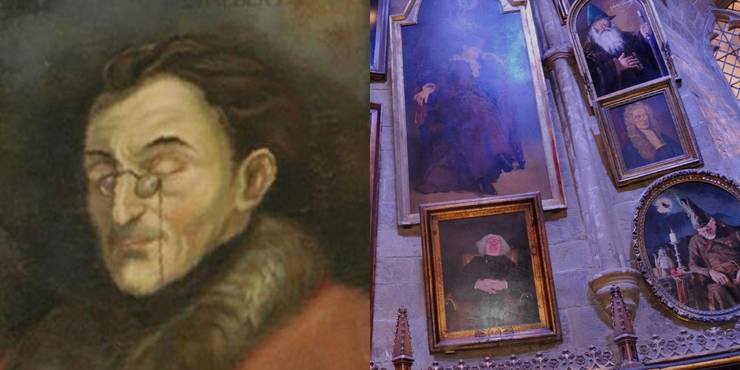
Dexter was the headmaster of Hogwarts during the 18th century and put honor and duty above everything else; this explains why he would so outraged whenever any faculty member or student would go off the book to get something done. This also made him a very dated character who was old school and refused to evolve with the new generation of witches and wizards.
He was often seen reprimanding Phineas Nigellus for ‘dereliction of duty’ and also lashed out at Cornelius Fudge, Dolores Umbridge, John Dawlish, and Kingsley Shacklebolt for cutting deals with criminals
7 Phineas Nigellus Black
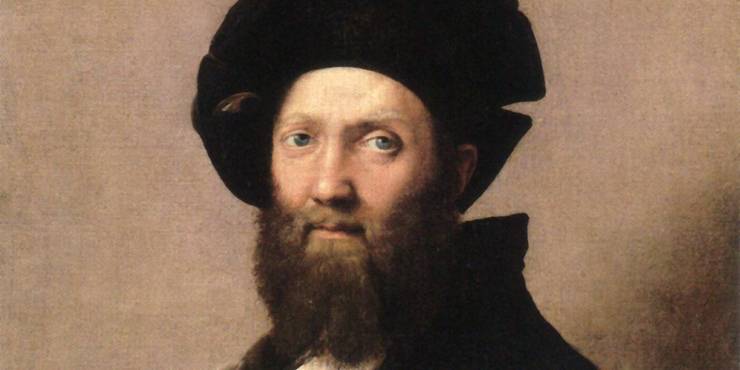
Sirius Black confirmed that his great-great-grandfather was the least popular headmaster in Hogwarts. But the reasons for this were manyfold, and his lack of intelligence was definitely not a reason because Phineas has been depicted as a shrewd genius who didn’t only advise Dumbledore and Harry, but also watched over the Battle of Hogwarts (as a painting, of course).
The main complaint against Phineas was his dislike of youth, as he considered them to be tedious and vain. He also favored purity in blood, which made sense since he was Slytherin. Phineas disliked Sirius and called him ‘worthless’ once. And though he disagreed with Dumbledore on many counts, he did aid many of his decisions, as his portrait hung in Dumbledore’s office.
6 Dilys Derwent
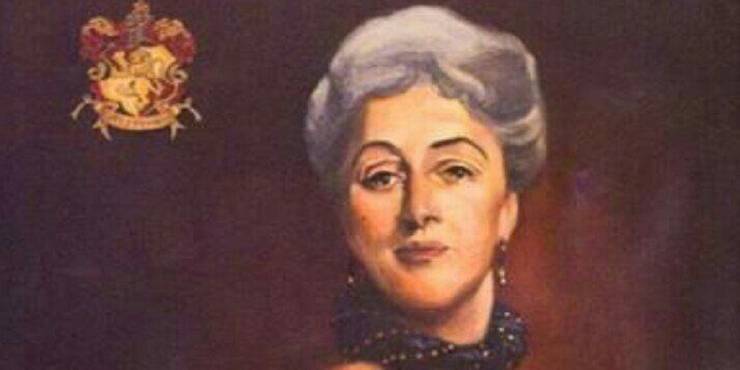
Dilys was one of the most celebrated heads of Hogwarts, although she doesn’t get a lot of personal background in the novels or the films. Dilys was a witch who worked as a Healer at St. Mungo’s Hospital for Magical Maladies and Injuries; a copy of her portrait hangs in Dumbledore’s office as he often asks her help and for her counsel in academic or school-related matters.
Her portrait also hung in the main admitting area for St. Mungo’s, and when Dumbledore wanted first-hand information about patients being brought into the hospital, it was Dilys who would move to her other painting to let Dumbledore know that Arthur Weasley was still alive post Nagini’s attack.
5 Eupraxia Mole
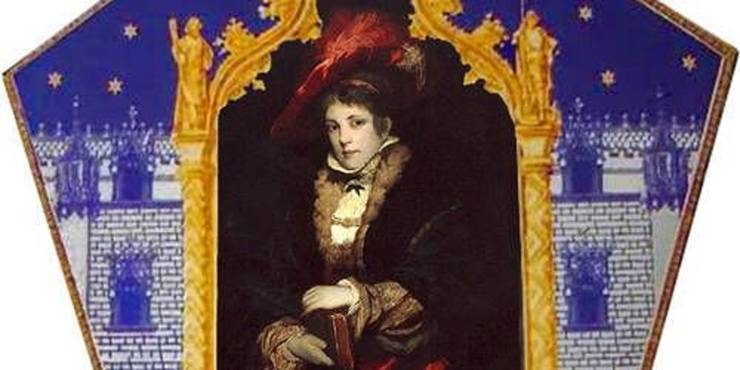
Very little history is given in the Potter canon about Eupraxia, who was the headmistress of Hogwarts in the 1870s. However the details paint her as a whip-smart headmaster who knew how to handle a crisis.
In 1876, caretaker Rancorous Carpe designed a ‘trap’ to get rid of the resident Poltergeist (the school had to be evacuated for three days, as Peeves wouldn’t stop firing weapons and threatening students). Professor Mole agreed to sign a contract with Peeves, so that he would give up the weapons in exchange for additional privileges like a weekly swim in the boys’ toilets, an opportunity to decide the fate of the kitchen’s stale food, and a new custom hat by Madame Bonhabille.
4 Professor Everard
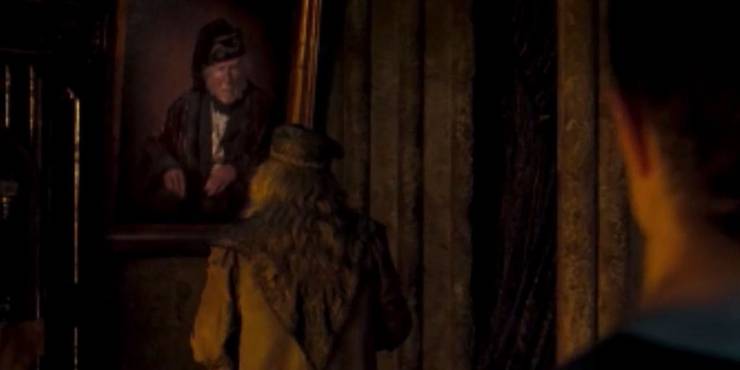
Professor Everard worked with the British Ministry of Magic before becoming headmaster. He was a disciplinarian and was quite old school in his approach; the books clearly state that he expected the students to follow the rules and exemplify good behavior, but he was also fair and revered for his intellect and intelligence.
When Arthur Weasley was attacked by Nagini in the Department of Mysteries in late 1995, Dumbledore asked Everard to go to his portrait at the Ministry of Magic’s Headquarters to inform others about Arthur’s injury, and Dumbledore would often seek his counsel as well.
3 Snape
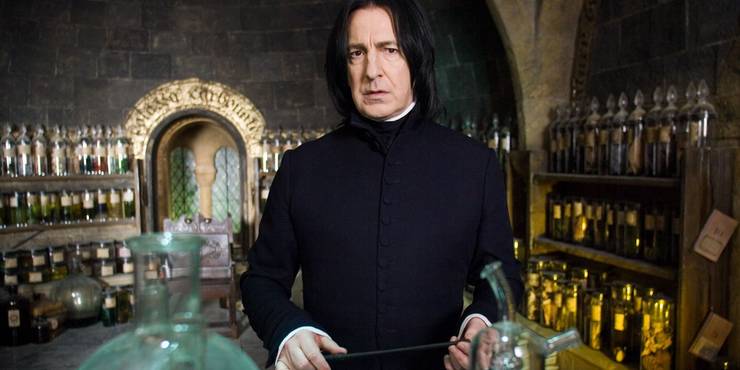
A lot has been said about Snape’s role in the Battle of Hogwarts and how he worked as a double agent for many years; but the fact is, Snape was aware that he was playing a dangerous game and had in a way made peace with the fact that he would forever be misunderstood. The fandom is quite divisive over his actions as headmaster as he carried through Voldemort’s plans so efficiently and did nothing to actually plan a coup against him.
But it’s important to note that Snape had no allies and he was deeply aware of his own limitations. He was Voldemort’s biggest asset since he was his eyes and ears at Hogwarts. So, Snape’s stint as the headmaster was ethically and emotionally taxing for him too, considering how much he detested Voldemort for killing Lily, but he had evidently managed to come up with a plan to serve his purpose.
2 Minerva McGonagall
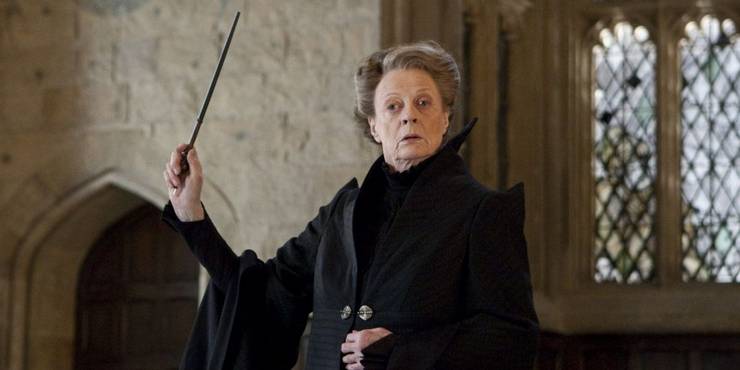
McGonagall was the smartest and the most resourceful ally one can have, and her appointment as the headmistress after Dumbedore’s arrest was a no-brainer. She took charge during the Battle of Hogwarts too, after she defeated Snape in a duel.
McGonagall was a powerful leader who didn’t just fight the war against the Death Eaters from the frontlines, but was also smart enough to identify the strengths and weaknesses of her own side. McGonagall is notably not just driven by her emotions; she feels passionately for the cause but does not take a step if she doesn’t think it’s practical.
1 Albus Dumbledore
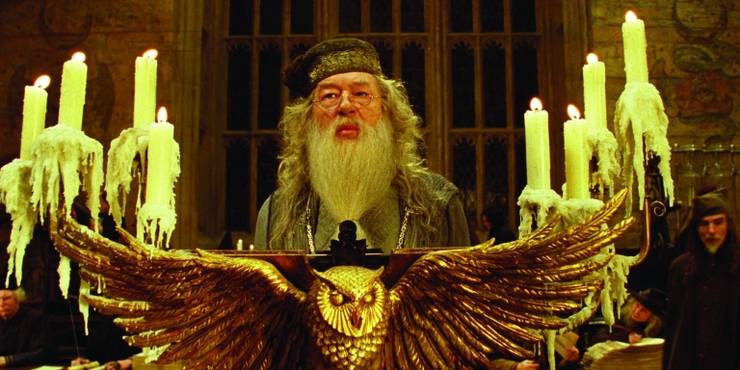
Dumbledore wasn’t just the smartest and the shrewdest headmaster but he was also the architect of wizardry’s future. He was one of the few people who probably saw exactly how and why the Dark Lord would return, and predicted its aftermath.
Dumbledore’s far-sightedness was unparalleled because, in a way, he has been preparing for the Battle of Hogwarts for years, so the right side could win the war even if he’s not with them.
About The Author










